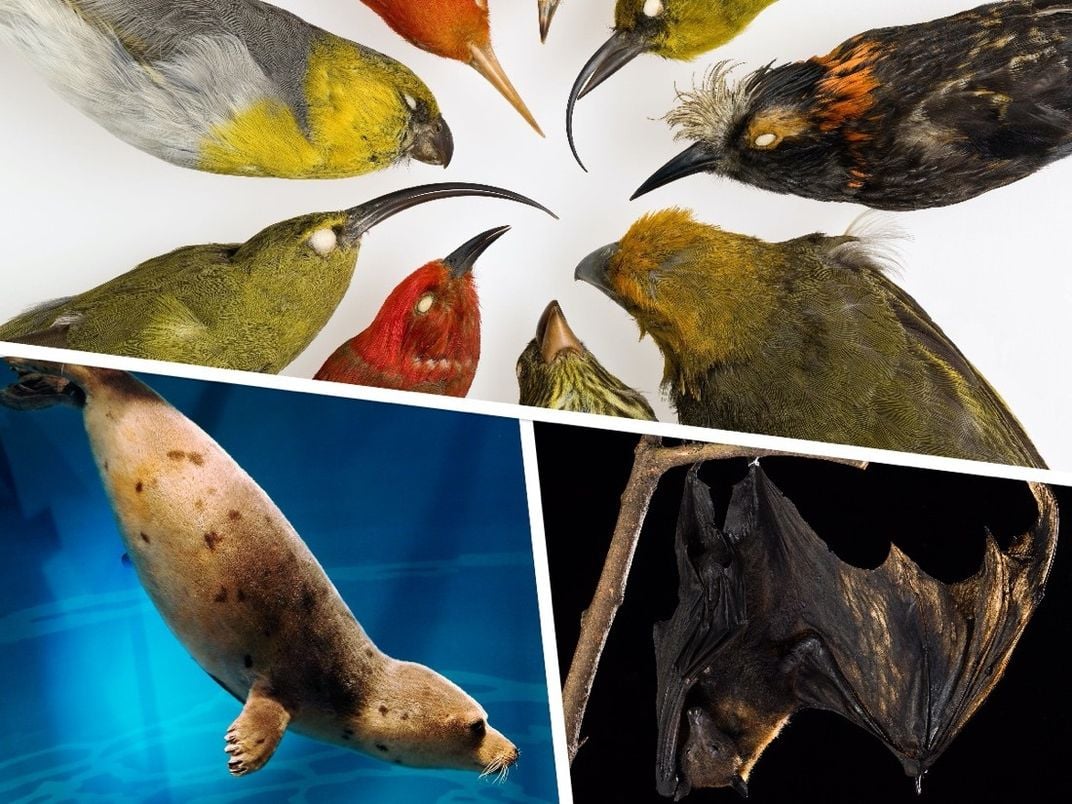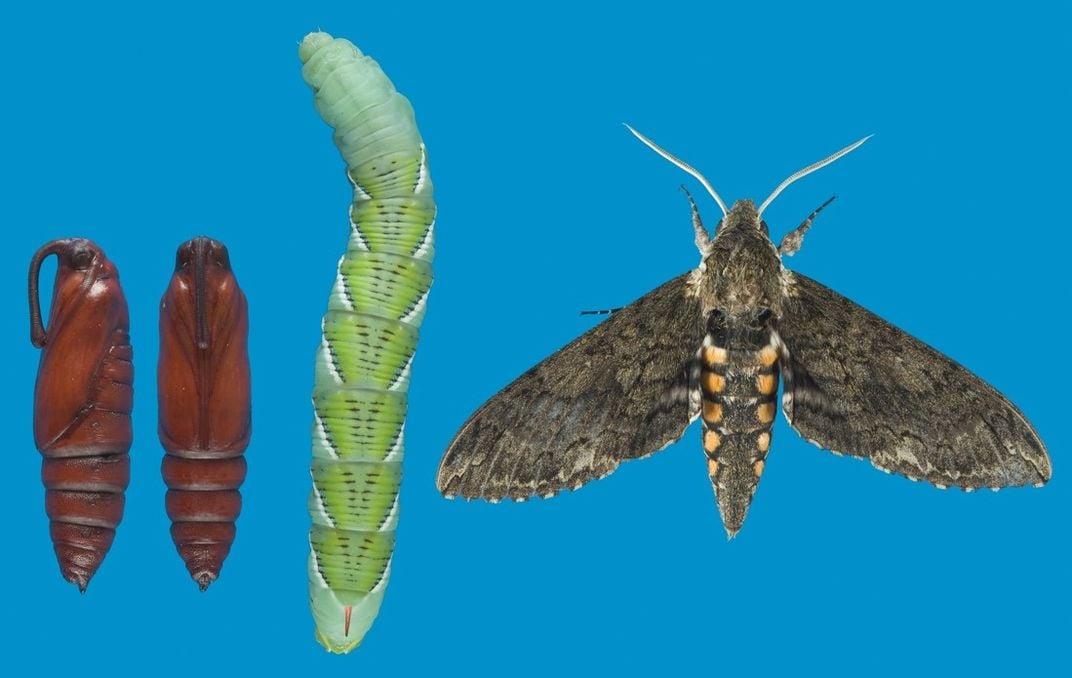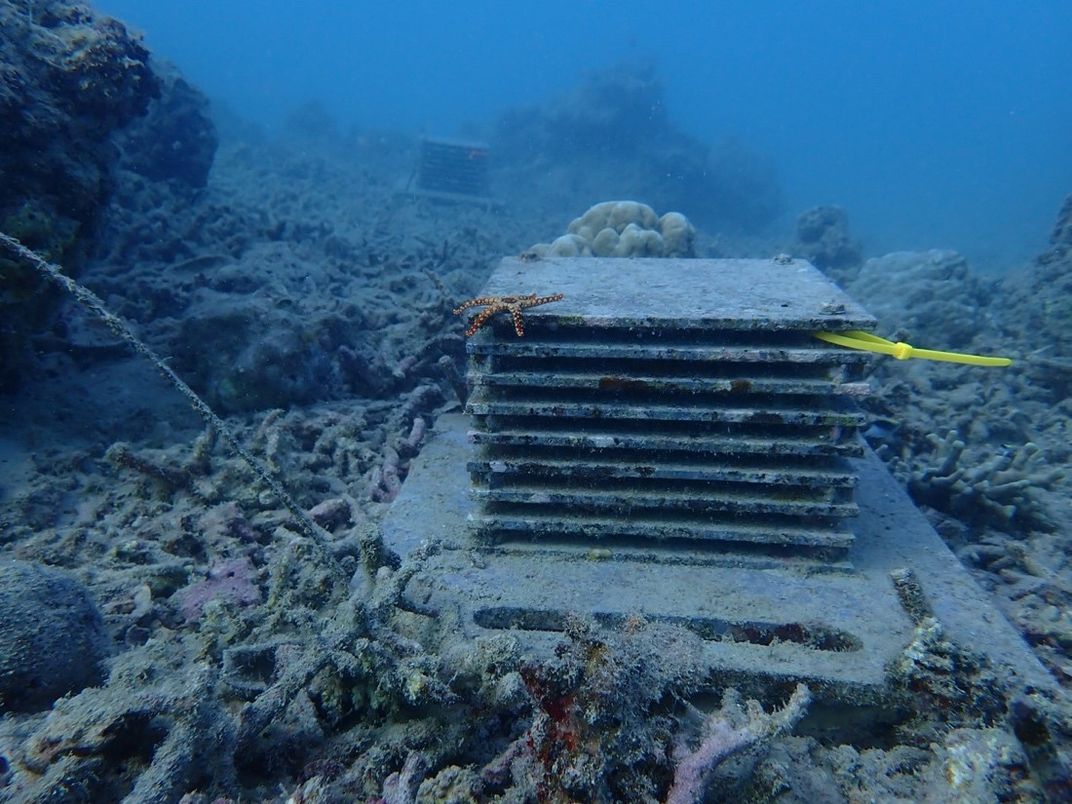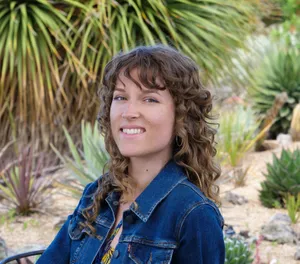NATIONAL MUSEUM OF NATURAL HISTORY
Sign Your Students Up for a Natural History Crash Course This Fall
Educators can take advantage of a suite of live and interactive lessons designed to develop students’ core science skills.
/https://tf-cmsv2-smithsonianmag-media.s3.amazonaws.com/blogging/featured/Two_kids_sitting_at_a_table_drawing_next_to_a_laptop.jpg)
Taking a field trip to the Smithsonian’s National Museum of Natural History is one way to get students excited about the world around them. But sometimes, it’s easier to let the museum come to you. This fall, whether instructing students in person or remotely, educators can take advantage of a suite of live and interactive lessons designed to develop students’ core science skills and encourage curious, creative and critical thinking.
The fall program series runs from Oct. 4 through Dec. 17, with age-appropriate 45-minute lessons for grades K-5 and 60-minute lessons for grades 6-12. All programs are free, but registration is required for each individual lesson. Slots close two weeks before each program date. For homeschooled learners, the same programs are available on the first Monday of each month during the series: Oct. 4, Nov. 1 and Dec. 6.
Registration is now open for all school groups and homeschool participants.
Grades K-2

Whether they’re interested in the plants and animals we see today or the strange creatures that roamed the Earth millions of years ago, K-2 students can practice their burgeoning science skills and build their natural history know-how with three virtual, museum-staff-led programs.
In “Animal Adaptations,” students will make keen observations of select animal specimens from the museum’s collections to figure out what it takes to live life in the air, the water and on land. In “Budding Botanists,” it’s all about plant patterns and how they help scientists understand the world around us. By using digital specimens from the National Herbarium, students will learn how to classify plants and understand why studying them is so important. And in “Discovering Dinosaurs,” students will get to be paleontologists for a day, practicing the same skills used by the museum’s scientists as they observe and investigate fossils from ancient eras.
Grades 3-5

For students in grades 3-5, museum staff will virtually guide them through Washington D.C.’s urban environment, deep into the museum’s gem and mineral collection and onto the sketchbook with three explorative science programs.
In “Insect Survival,” students will learn what makes insects arguably the most successful animals on Earth by investigating, closely observing and illustrating the tobacco hornworm and its adult form, the Carolina sphinx moth. In the “Rocks and Minerals” program, students will unearth the secrets and history behind the museum’s trove of rare geologic treasures. And in “Urban Habitats,” the city streets of the nation's capital become a safari space ripe with observation opportunities. Led by museum educators with trained eyes, students will become field ecologists on the hunt for often-overlooked wildlife that share the human landscape with us.
Grades 6-12

For students grades 6-12, next-level scientific endeavors await. This fall’s virtual program line-up goes deep, offering students the opportunity to work with real data, contemplate climate solutions and study ancient artifacts to unravel life’s big questions.
In “Hot Potato: Climate Change, Food Systems and You,” the beloved potato takes on a new role as a conduit to understanding climate change and how it might affect us. With a focus on food as a natural resource, students will integrate data and their relationships with the natural world to imagine sustainable solutions to a changing climate. In “Human Origins: What does it Mean to be Human?,” Turkana Boy, a young, fossilized human from 1.6 million years ago, challenges students to explore what we know about human evolution and paleoanthropology. And in “Reefs Unleashed,” students will walk in the footsteps of Smithsonian scientists, using foundational science skills and real data collected from Autonomous Reef Monitoring Structures (ARMS) to examine coral reef health and ecology.
These natural history programs are offered completely free of charge and are now open for registration to all educators and homeschool participants. Remember to sign up at least two weeks before your desired program dates (they fill up quickly) and don't forget your thinking caps and curiosity!
Related stories:
Meet the Smithsonian Natural History Museum’s New Head of Education, Outreach and Visitor Experience
Seven Ways to Learn About Natural History From Home

